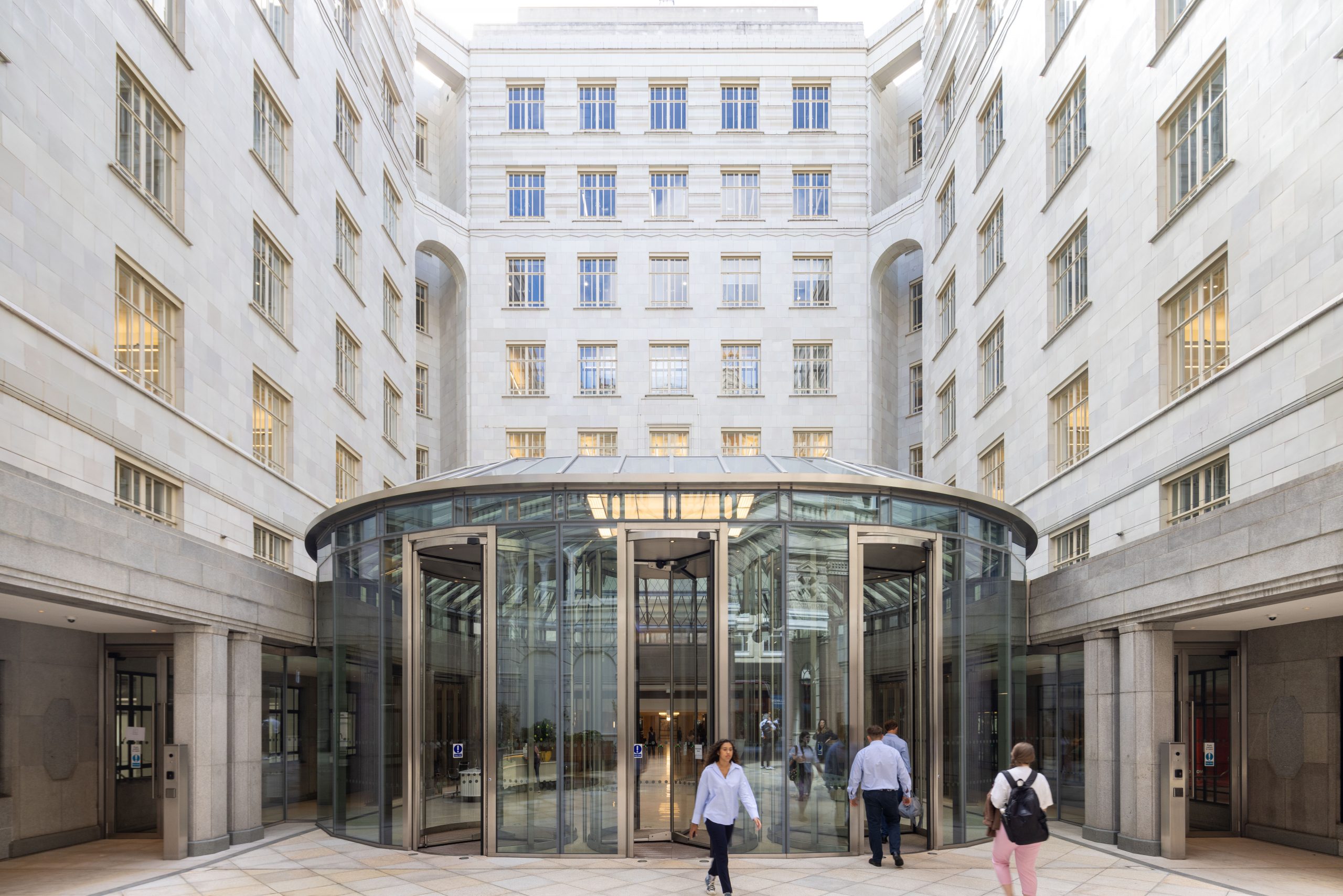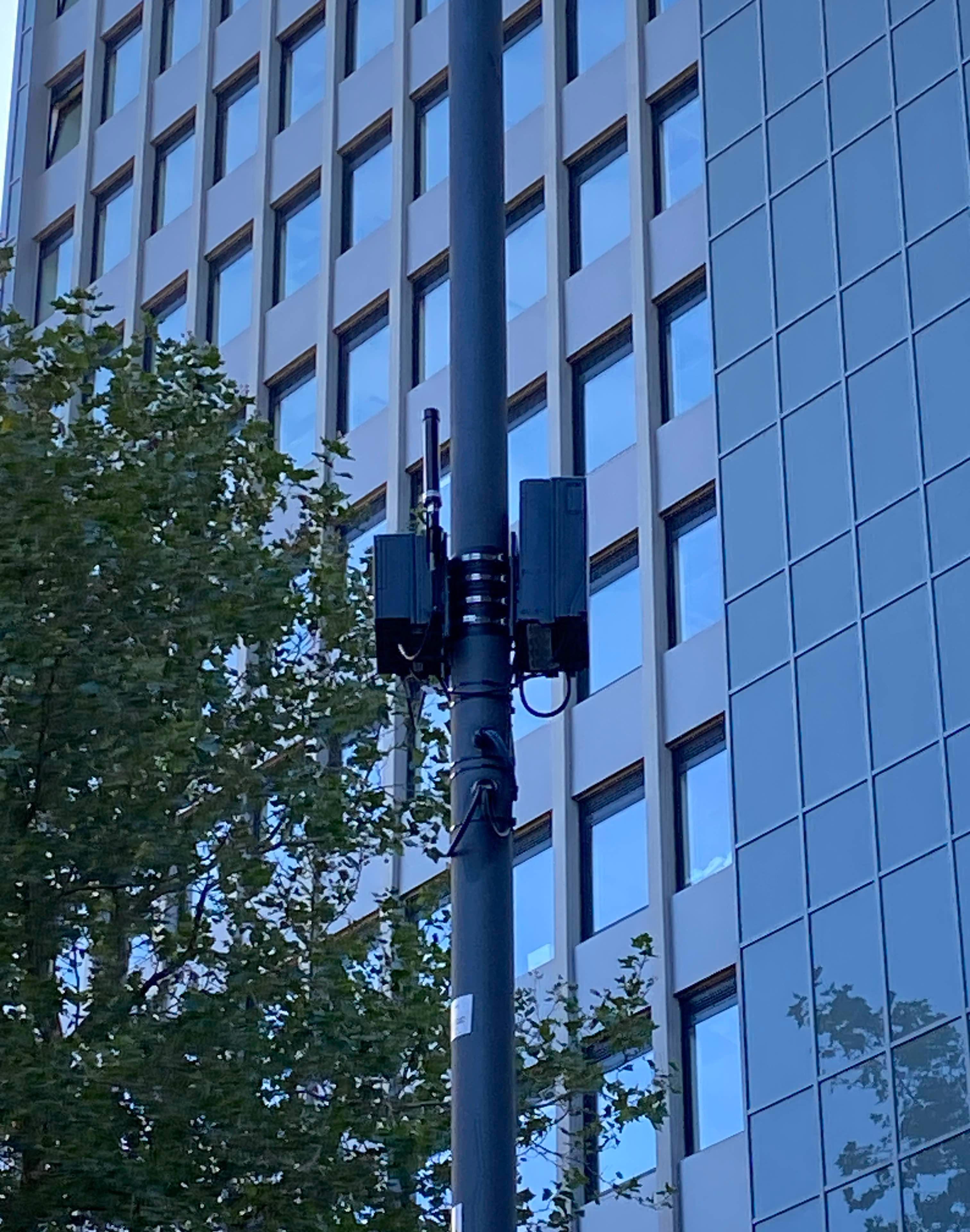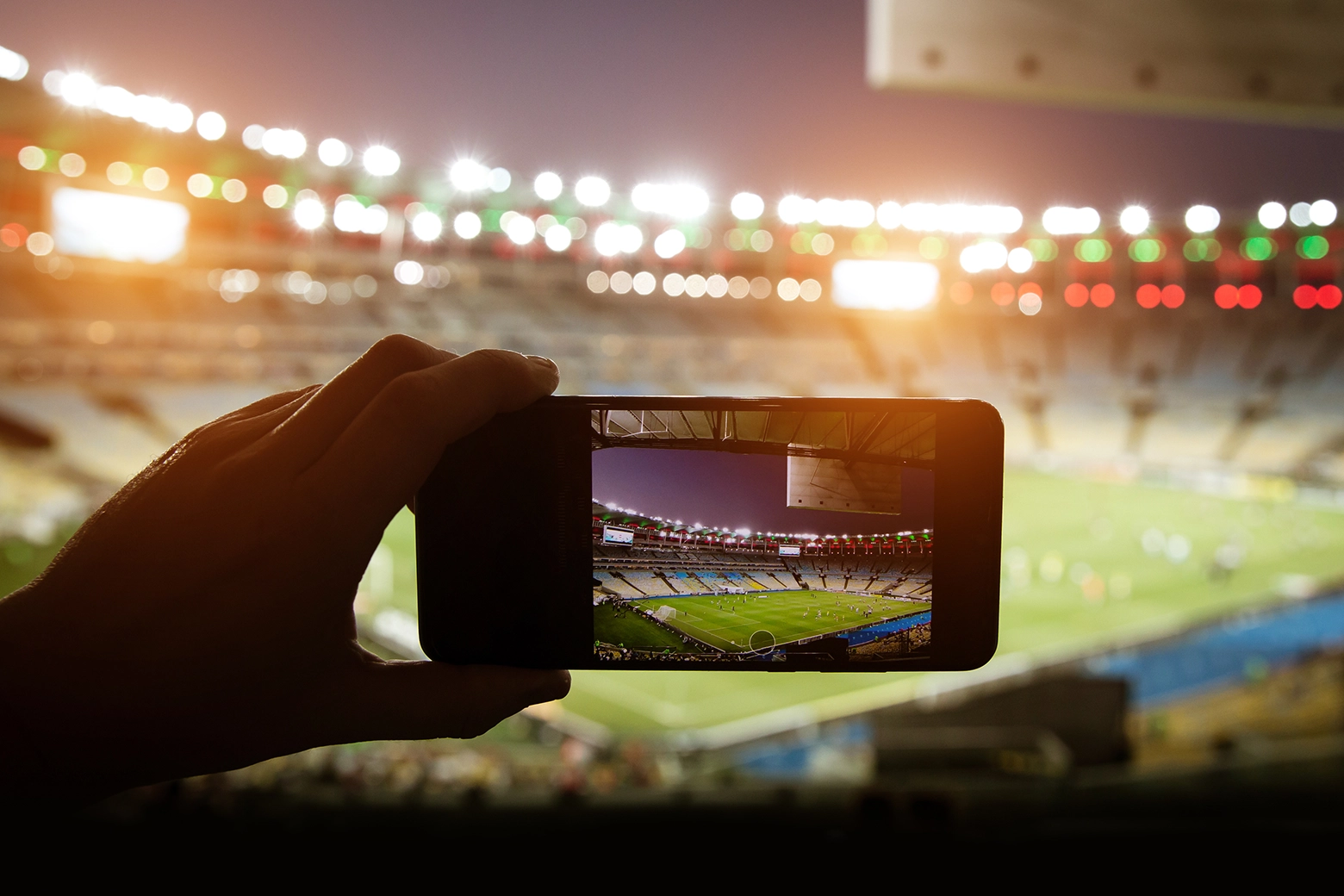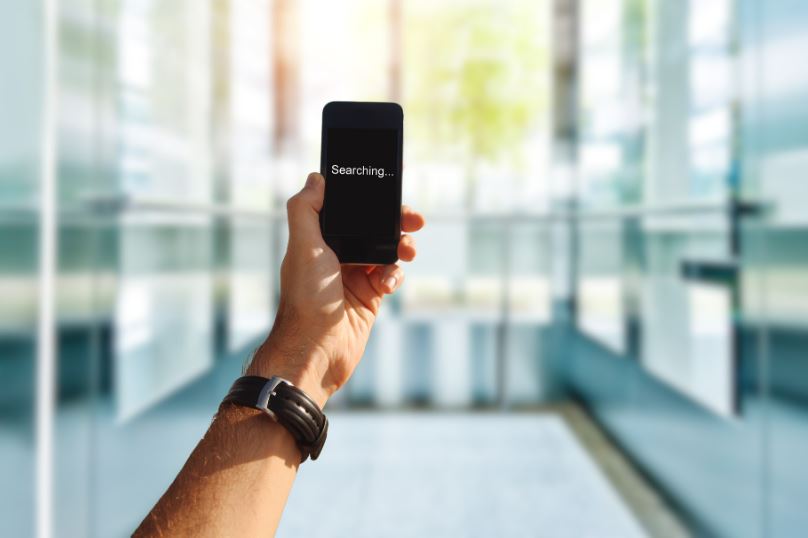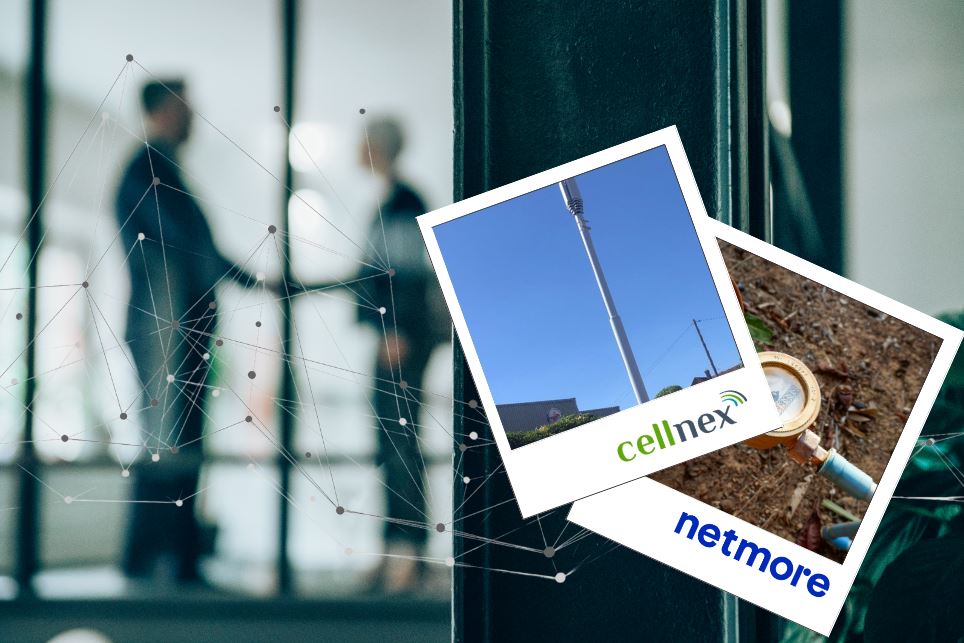Mediacentre

- 01 Dec 2023
- ·
- UK
Cell Towers: How They Work and Why They Matter
Listen to the audio version of this article
Cell Tower FAQs – audio version
In today’s fast-paced world, it’s hard to imagine a life without seamless connectivity and instant communication. We rely heavily on our smartphones and other smart devices to access information, and carry out our daily tasks.
Behind this incredible network of communication lies an intricate system of cell towers. In this article, we will explore how cell towers work and why they matter.
What is a Cell Tower?
Cell towers, also known as cell sites or mobile phone masts, are structures that house the equipment necessary for wireless communication.
They play a crucial role in providing cellular network coverage, enabling us to make calls, exchange text messages, and access the internet on our mobile devices.
Types of Cell Towers
There are several types of cell towers, each serving a specific purpose in the world of telecommunications.
Below, we have explored the different types of cell towers and their functions.
Monopole Cell Tower
A Monopole cell tower is a type of structure used for telecommunications and wireless communication purposes. It consists of a single, vertical pole or mast that is manufactured from steel.
Monopoles have a smaller footprint, requiring less space for installation compared to guyed or lattice towers. Their sleek design also makes them visually more appealing and less obtrusive, making them suitable for urban areas or locations with aesthetic requirements.
These towers are also known for their ease of installation and maintenance, as they require less assembly time and are relatively simple to install.
Lattice Cell Tower
A lattice cell tower is characterised by an open framework of steel lattice-like supports. It consists of a series of intersecting metal beams or tubes that are bolted or welded together to form a stable and durable structure.
Lattice cell towers are commonly used to support antennas and other equipment for wireless communication networks, such as cellular networks and radio broadcasting. These towers are often taller than other types of cell towers and can be easily expanded or modified to accommodate additional equipment or antennas.
The open lattice design allows for efficient air circulation and reduces wind resistance, making them suitable for areas with high wind speeds or extreme weather conditions.
Guyed Cell Tower
A guyed cell tower, also known as a guyed mast or guyed tower, is supported by guy wires, which are tensioned cables attached to the ground. This type of tower consists of a tall metal lattice structure with several levels or platforms that support antennas and other telecoms equipment.
The guy wires are connected to anchors or foundation points located some distance away from the tower, providing stability and support to prevent the tower from collapsing or bending under the weight and wind load.
Guyed cell towers are generally very tall and commonly used in areas where space, cost, and ease of construction are important factors and where self-supporting towers may not be feasible. They are often used for broadcast equipment as well as telecoms.
Discreet Solutions
Special solutions are sometimes designed to blend in with surroundings and not be easily recognisable as a cell tower. These towers are often ‘disguised’ as trees, flagpoles, or other common objects found in the environment.
They can minimise the visual impact on the landscape, enabling a telecoms installation which otherwise would not be possible.
Discreet solutions provide the same functionality as regular cell towers, allowing for wireless communication and connectivity, but are not as versatile and more difficult to upgrade.
What are the components of a Cell Tower?
Cell towers are complex structures that consist of various components, each playing a crucial role in facilitating wireless communication.
Here are the key components of a typical cell tower site:
Tower Structure
The tower structure itself provides the height and support needed to position the antennas and ancillary equipment at an optimal height for signal coverage. It is typically made of steel and is fixed to a reinforced concrete foundation.
Antenna
Antennas transmit and receive radio frequency signals to enable communication between mobile devices and a cellular network. A telecommunications operator may have several antennas installed in each tower.
Transceiver
The transceiver transmits and receives radio signals, via the antennas onsite, to mobile devices in the coverage area. The transceiver, sometimes knows as a base station, is connected to the Mobile Network Operator’s core network, either by fibre or a microwave connection.
Amplifier
The amplifier enhances the cellular signals and helps to overcome signal degradation due to distance, obstacles, or interference. Amplifiers improve overall signal strength and quality for users within the coverage area of the cell tower.
What is the range of a Cell Tower?
The range of a cell tower, also known as its coverage area or cell size, can vary based on several factors such as the type of tower, its location, and the frequency band it uses. In general, the range of a typical cell tower may be between 1 and 25 miles.
What affects the range of a Cell Tower?
Obstacles such as buildings, hills, and other structures can affect the effective range of a cell tower. Additionally, different frequency bands can have different propagation characteristics, with higher frequencies generally having shorter ranges but higher data capacity.
Cell Towers and Connectivity
Cell towers play a crucial role in the modern world of wireless communication. The use of cell tower connectivity is vast and transformative, and it has revolutionised the way we live, work, and communicate. Let’s delve into some of the significant applications:
Mobile Communication
The primary purpose of cell towers is to facilitate mobile communication by transmitting and receiving signals between cellular devices and the network. They enable us to make voice calls, send text messages, and access high-speed internet on the go. Without cell tower connectivity, our mobile devices would simply not work.
Internet Access
Internet access is no longer limited to wired connections. Cell towers provide wireless internet connectivity, enabling users to browse the web, stream videos, check emails, and engage in online activities from anywhere within the tower’s coverage area. Whether in bustling cities or remote rural areas, cell towers ensure access to the vast online world.
Emergency Services
Cell towers play a critical role in emergency situations. When disaster strikes or emergencies occur, prompt and reliable communication is vital. Cell towers facilitate emergency calls to be made, allowing individuals to reach out for help and request emergency services. These towers ensure that rescue teams and first responders can remain in contact with each other to coordinate their efforts swiftly.
Internet of Things (IoT) Connectivity
Cell towers provide the required connectivity for various IoT devices and applications, such as smart home systems, wearable tech, connected cars, and industrial automation. This connectivity enables seamless data transmission and facilitates interaction between IoT devices, improving our daily lives and driving technological advancements.
Business Connectivity
Cell tower connectivity is vital for businesses of all sizes. It enables employees to stay connected and access critical information on the go, facilitating remote work, video conferences, and seamless collaboration. Additionally, cell tower connectivity empowers businesses to deploy wireless point-of-sale systems, inventory management solutions, and other mobile technologies that enhance productivity and customer experiences.
Other uses for Cell Towers
Any service requiring a piece of equipment to be located at height may be installed on a cell tower. From high speed microwave connectivity, to tannoy systems and the monitoring of utilities networks, cell towers are shareable infrastructure available for a variety of communications requirements.
Cell Towers: Empowering Connectivity in a Digital World
Cell towers play a crucial role in enabling seamless connectivity in today’s digital world. As we continue to witness advancements in technology and the increasing demand for fast and reliable data transmission, the importance of cell towers becomes even more evident.
These towers serve as the backbone of modern communication, facilitating not only our everyday interactions but also driving innovation across various industries.
Frequently Asked Questions
How are cell tower locations determined?
Cell tower locations are strategically determined through a comprehensive planning process aimed at optimising coverage and network performance. Contiguous coverage is key with capacity dimensioned to the target area, taking into account population, points of interest, transport links and other factors.
How tall are cell towers?
The height of cell towers can vary based on factors such as the type of tower, its location, and the coverage requirements. A typical tower may be around 25m high, but can be as low as 15m in urban areas and greater than 60m in rural areas.
How often are cell towers maintained?
Cell tower maintenance schedules can vary depending on several factors, including the type of tower, its location, and the service provider responsible for its upkeep. Generally, cell tower maintenance is conducted on a regular basis to prevent any potential issues and to ensure consistent network coverage. Structures are inspected and treated to tackle any signs of corrosion and ground areas are cleared of overgrowth to ensure unfettered access to the site.
How are cell towers powered during outages?
The equipment on cell towers, like any electronic device, require a reliable power source to operate. In most cases, this equipment is powered by the national grid, but when the power goes out, alternative methods are employed to keep it running. The most common solution is the use of backup batteries.
Can I lease my land or building for a cell tower?
Yes, it is possible to lease your land or building for a cell tower. Telecommunication companies often look to lease properties in strategic locations to install cell towers to enhance their network coverage. If you are interested in leasing your land or building for a cell tower, you can learn more here.















